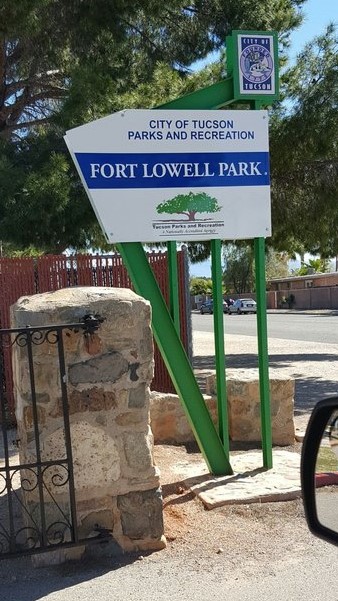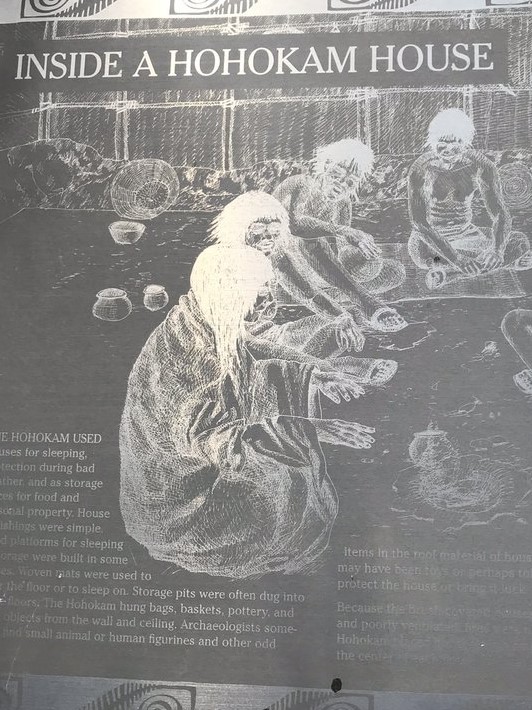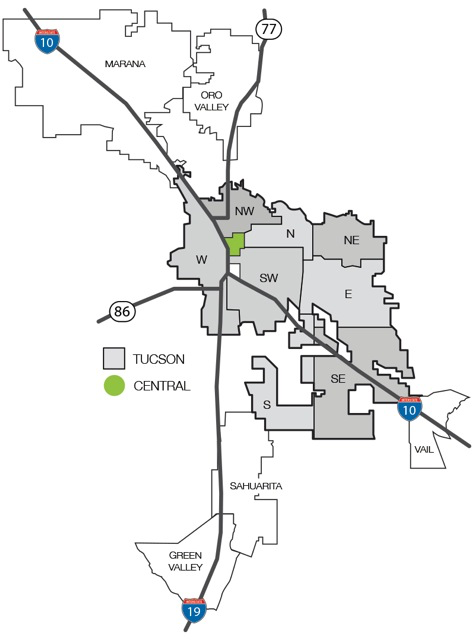The Fort Lowell Museum offers unique exhibits and hands-on activities for adults, families, and children...and it's pet-friendly too! Located in a 1880s reproduction adobe officers quarters, visitors can explore Army life during the Apache wars and try their hand at crafts such as soap and candle making. The museum is a great place to begin a walking tour of Fort Lowell public park that includes Hohokam Indian sites, a historic neighborhood, picnic facilities, and a playground.

The Post of Tucson was established May 20, 1862, after the California Column drove Confederate forces from the area. The post was abandoned in July 1864 and reestablished in July 1865. On August 29, 1866, the post was renamed Camp Lowell in honor of General Charles Russell Lowell, who died from wounds sustained during the Battle of Cedar Creek. Initially located on the east side of Sixth Avenue, between Twelfth and Fourteenth Streets, the post was moved for sanitary reasons to a location about 7 miles (11 km) east of town on March 31, 1873. The post's name was changed to Fort Lowell on April 5, 1879.
The fort played a pivotal role during the Apache Wars, providing additional protection for the Tucson area. Far too large and well-manned to be attacked directly, Fort Lowell provided supplies and manpower for outlying military installations. During its eighteen years of operation, the fort averaged thirteen officers and 239 enlisted men.
The orientation of the post was set according to magnetic north. It featured a large parade grounds, officers' quarters, quartermaster and commissary storehouses, corrals, quarters for enlisted men as well as for married non-commissioned officers. The most prominent building on post was the hospital, the adobe remnants of which still stand under a protective structure. A lane lined with cottonwood trees, aptly named Cottonwood Lane, graced the area in front of the officers' houses.

Among the more well known officers to have served at Fort Lowell were the young Walter Reed, the Army physician famous for his yellow fever research, and Charles Bendire, the amateur ornithologist after whom Bendire's thrasher is named.
After the Army decommissioned the post in 1891, Mexican families from Sonora soon moved north to take advantage of the free housing. This occupation has become known as the El Fuerte Period.
In 2009, the city in association with Pima County created a Master Plan for the creation and development of what was to become the Fort Lowell Park. The park features ball fields, tennis and racquetball courts, a large public swimming pool, and the Fort Lowell Museum dedicated to Fort Lowell's days as an active military installation. Fort Lowell also includes a large pond.
Located at 2900 N. Craycroft Rd. Tucson, AZ 85712, (Just north of Glenn on Craycroft) Fort Lowell Park is conveniently located near the Whitmore, Glenn Lowell Addition and East Lawn neighborhoods of Tucson.
For more information you can contact the Park by phone at (520) 791-5930.
Always On Call!
Put my 20+ years of real estate experience to work for you!
Contact me 7 days a week including evenings to discuss real estate.

https://www.facebook.com/RichmanTucsonHomes/
Other blog entries
• Doggie Ice Cream Bar: Cones For Bones (05/16/2024)• Dillinger is Gone, Welcome Mosaic Brewing (05/11/2024)
• Grandma Angelina’s Pizzas In Tucson: Barro’s Pizza (05/06/2024)
• Green Acres Estates, Tucson, Arizona (04/16/2024)
• Looking For Relief? Chill Acupuncture And Wellness (04/15/2024)
• Classy Menu, Classy Service: Blue Willow Restaurant (04/09/2024)
• An Antique Dive Bar: The Buffet Bar (03/07/2024)
• Orangewood Estates - A Lovely, Older, NW Tucson Neighborhood (03/05/2024)
• Neighborhood Saloon: Nancy’s Boondocks (03/02/2024)
• Food Court Without The Mall: American Eat Co (02/15/2024)
» Blog archive
Click on Map to Start Your Tucson Home Search



